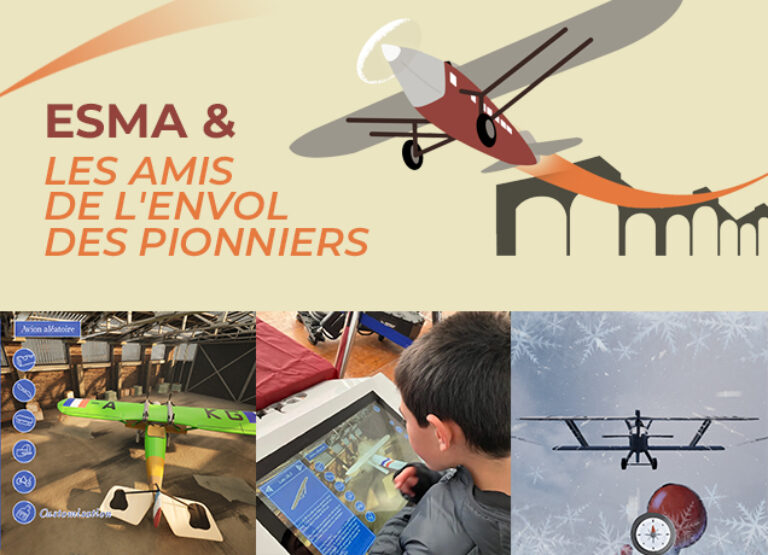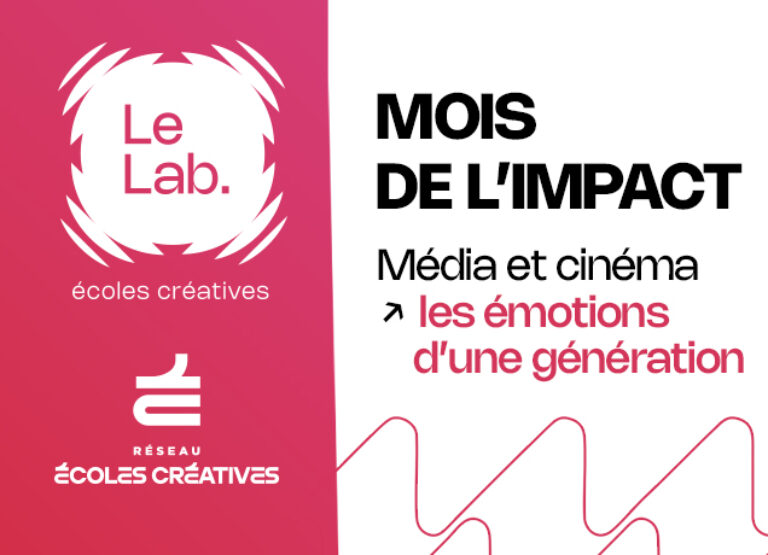
- Published 12.04.2024
- type Thematic news items
- Training Graphic Design
Summarize with:
To reduce the ecological impact of packaging, graphic designers need to focus on three things: using sustainable materials, applying eco-friendly design principles, and choosing low-impact printing methods. This approach is called sustainable packaging design, and it helps cut waste, lower emissions, and align with modern consumer values.
Choose sustainable materials that work
The materials you use in packaging have a direct impact on the environment. Choosing better ones is the first step in reducing waste and emissions. Focus on what’s practical, available, and designed with the end of the product’s life in mind.
Examples of sustainable materials you can use:
-
Recycled paper
Uses fewer resources and helps keep waste out of landfills.
-
Corrugated cardboard
Lightweight, strong, and easy to recycle after use.
-
Bioplastics
Made from renewable sources like corn starch. Breaks down faster than standard plastic.
-
Plant-based inks
A cleaner alternative to petroleum-based inks. Easier to recycle.
Why this matters:
Traditional materials often take decades to break down and require energy-heavy production. Swapping them out for sustainable options can reduce the carbon footprint of your design without changing the structure or style.
Comparison of the environmental impact of traditional and sustainable materials
The use of traditional materials in packaging, such as plastics and certain non-recycled papers, poses serious environmental problems. These materials require large quantities of non-renewable resources for their production, and their degradation is often slow and polluting. In comparison, eco-responsible materials tend to have a much smaller carbon footprint, contributing to a greener, healthier planet.
Understanding these alternatives and their impact can not only help reduce environmental damage, but also offer consumers a healthier and more environmentally consciousoption . Conscious choice of materials is therefore a cornerstone of eco-design in graphic design, requiring a long-term vision and commitment to sustainability.
Design to reduce your carbon footprint
Good design doesn’t just look right. It works better for the environment. Eco-design means thinking about impact from the start how materials are sourced, how much gets used, and how the final product is made and shipped.
Here’s how to apply eco-design in your packaging:
-
Use fewer materials
Design with only what’s needed. Less packaging means less waste and lower shipping weight.
-
Pick recyclable or recycled inputs
Choose paper, board, or plastic that can be reused—or has already been through the cycle.
-
Plan for disassembly
Avoid mixing materials that can’t be separated easily. This makes recycling easier.
-
Print smarter
Use low-energy printing processes and plant-based inks.
Make local choices when you can:
Use suppliers near your client or production hub. Shorter delivery distances lower transport emissions and save time.
When you apply eco-design, you reduce waste and emissions. You also make it easier for people to recycle what you’ve made. And that reflects well on the brands you design for.
Case studies and remarkable successes
To illustrate these principles, let’s take the example of XYZ Packaging Co, a company that has reduced its carbon footprint by 30% in two years thanks to eco-design. By using only recycled materials and adopting vegetable-based inks, XYZ has not only improved its environmental balance sheet, but also strengthened its brand image with increasingly ecologically aware consumers.
By integrating these eco-design practices and aiming to reduce your carbon footprint, you can transform your graphic design business into a key player in the fight against climate change, while meeting current market expectations. Your strategic choices will not only help to protect the planet, but also enhance your reputation and competitiveness in a rapidly evolving sector.
Choose Eco-Friendly printing methods
Printing affects more than just how packaging looks. It also shapes its environmental impact. Smart choices here can reduce emissions, waste, and costs.
Use printing methods with a lower footprint:
-
Digital printing
Needs less setup, creates less waste, and works well for short runs.
-
UV offset printing
Uses inks that dry instantly under UV light. Cuts down on chemical emissions.
-
Flexography
Works with recycled materials and uses water-based inks.
Use plant based inks:
Switch from petroleum based inks to soy or vegetable based options. These:
-
Produce fewer harmful emissions
-
Are easier to remove in the recycling process
-
Keep paper and board cleaner for reuse
Keep it local when possible:
Printing closer to your distribution point reduces transport impact and keeps your supply chain simple.
When you combine the right method with the right ink, you create packaging that prints clean and leaves less behind.
Eco-friendly printing innovations and technologies
Technological innovation is also paving the way for more sustainable printing practices. For example, biodegradable inks that decompose naturally without leaving toxic residues. In addition, technologies such as 3D printing for rapid prototyping reduce material wastage by producing precise quantities without surplus.
Not only do these initiatives help to reduce the environmental impact of graphic design activities, they also have a positive influence on the perception of the brand by consumers, who are increasingly aware of ecological issues. Adopting eco-friendly printing methods is a strategic move that meets current market expectations while promoting respect for the environment.
Answering common questions :
What is sustainable packaging design?
Sustainable packaging design reduces waste and environmental harm by using recycled materials, efficient layouts, and low-impact printing methods. It’s a practical way to balance design goals with ecological responsibility.
What are eco-friendly materials used in packaging?
Common eco-friendly materials include recycled paper, corrugated cardboard, bioplastics, and plant-based inks. These reduce pollution and can be reused or composted after use.
How can graphic designers reduce packaging waste?
Design with less material, use recyclable or compostable options, and avoid mixed-material layers that are hard to separate. Keep printing efficient and source locally when possible.
What printing methods are better for the environment?
Digital and flexographic printing use less energy and waste. UV offset printing dries faster and releases fewer harmful chemicals, especially when paired with plant based inks.




